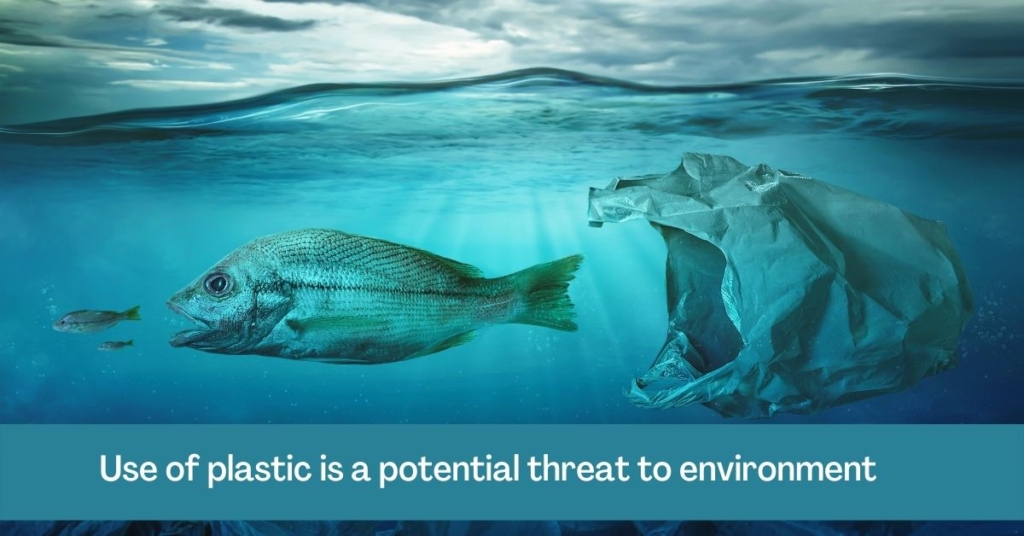The World Plastic Free Day is celebrated on 3rd July 2022. Of all the movements, the one against plastic is initiated and spread by environment lovers. The drive to eliminate plastic bags from our lives has been widely accepted though not correctly executed. No matter what purpose it solves in shopping and carrying items of regular usage, it is detrimental to the environment in many ways. It forms a large portion of landfills and also pollutes the marine environment.
Let us delve into the history of World Plastic Free Day today.
History of World Plastic Free Day:
The use of plastic goes back to the industrial revolution era. It is a cheap resource that people have been enjoying for some time now. You can reach out to that plastic bag for various purposes. The history of plastic bags has impacted the world for a long time. The most common material used in plastic is polyethylene. It entered our world in 1933. You will be amazed to know that plastic was made entirely by accident at a factory in Norwich.The British used plastic in World War II as well.

In the year 1965, a Swedish company bought a patent for plastic. Very quickly, the plastic bag started replacing cloth bags. In 1979, plastic bags migrated abroad to the United States. Plastic companies started coming up, and the manufacturers began marketing them as a better alternative to paper bags. This trend picked up speed and quickly engulfed the entire world.
Also Read: 7 Science-Based Health Benefits Of Drinking Water
In 1997, a sailor and scientist, Charles Moore, discovered a massive plastic dump in the Great Pacific Garbage Patch. He also found out that sea turtles were affected by plastics at that time. The sea turtles cannot differentiate between plastics and jellyfish and eat them, ultimately leading to death. Bangladesh was the first country to ban plastic in the year 2002. Many other nations followed suit.
The World Plastic Free Day became a part of the Break Free from Plastic Movement in September 2016. Almost 1,500 organizations have joined the movement so far.
Plastics That Are Hazardous to The Environment:
Now, you know that plastics clog pipelines and sewerage systems and have also infiltrated other areas of our lives. You should also know that plastic has leaching properties and can enter the soil and water table underground, affecting food quality. Microplastics are even present in the air that we breathe. You will be baffled that the preliminary stage of plastic production also leads to hazards.

As the first step of production, plastics are extracted from fossil feedstock. The extraction process releases toxins into the water and the air. These ultimately cause deadly diseases like cancer and reproductive disorders. It can also impair the immune system. You are also not safe from the micro-particles in the refining and usage stages. The particles also have long-term effects on the nervous system and can lead to development issues. Some of the most harmful forms of plastics are:
- Polyethylene terephthalate
- High-density polyethylene
- Low-density polyethylene
- Polyvinyl chloride
- Polypropylene
- Polystyrene
- Miscellaneous
From the rivers and seas to national parks plastic remains and debris are commonly found everywhere. Moreover, you can even find some on Mount Everest. You are also responsible, as you may be one of us dumping plastic in various natural spaces. Scientists and researchers have unearthed vast mountains of plastic in the world’s remotest corners. Apart from floating around in the water bodies, many marine creatures have vast plastic reserves in their GI tract. Over time, it leads to poisoning and eventually death. Many animals ingest it mistakenly. Besides plastic bags, plastic bottles are equally responsible for clogging various outlets of water bodies, thus overflowing landfills. So, you can say that it harms humans, animals, and plants and takes thousands of years to degrade. The toxins from plastic enter the food chain and are also present in the fish we eat.

Probable Solution to Save Environment from Plastic:
You can do several things to save the environment from plastic pollution. The government has already done its part by introducing the Environment (Protection) Act in 1986. It mainly stresses the protection and improvement of the environment and related matters. It covers all types of pollution, like the air, water, earth, and sound pollution. Plastic pollution also comes under its purview. It bans any material that is hazardous to the environment.
You can lend a helping hand to save the environment from this pollution.
- You can use cotton, jute, bamboo, and paper bags. Apart from bags, you can use stainless steel tiffin boxes to carry food instead of plastic tiffin boxes.
- Additionally, it would help if you refrained from dumping plastic objects everywhere, apart from the designated dust bins. It helps to collect and recycle them.
- You can reuse plastic containers with processed foods and use them in the kitchen.
- Carry your shopping bags when you go shopping.
- Carry water in copper bottles; better still, if you are a business owner, install proper water vending machines at the workplace.
- Switch to cloth diapers that can be reused several times rather than using disposable ones.
- It would be best if you used glass as a means of storage.
These are a few things that you can do to stop plastic pollution and save Mother Earth.



